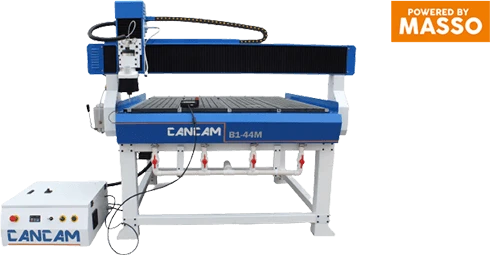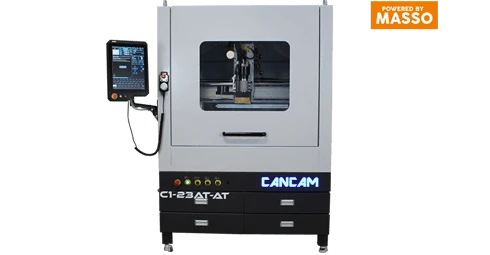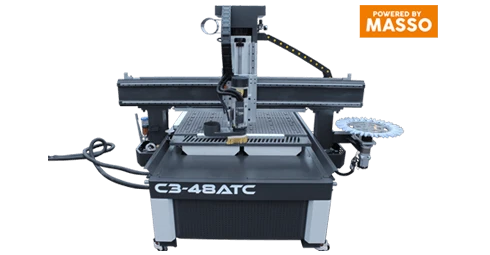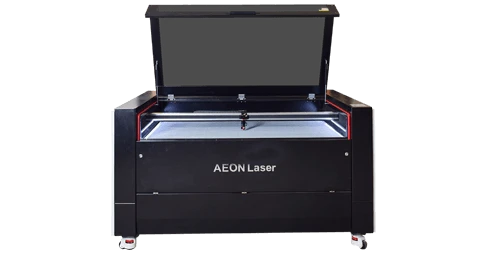How to Increase CFM on a Dust Collector to Improve Efficiency
 There is no question that woodworking causes dust and debris, and you’ll need to have an efficient way to keep your workspace clean for both your personal safety but also the overall well-being of your workshop. If you’ve yet to invest in a high-quality dust collection system, you may be wondering about how to increase CFM on dust collector systems you already own. Though it is sometimes possible to increase CFM in DIY ways, your success with doing so may vary.
There is no question that woodworking causes dust and debris, and you’ll need to have an efficient way to keep your workspace clean for both your personal safety but also the overall well-being of your workshop. If you’ve yet to invest in a high-quality dust collection system, you may be wondering about how to increase CFM on dust collector systems you already own. Though it is sometimes possible to increase CFM in DIY ways, your success with doing so may vary.
At CanCam, we are your source when looking for industrial CNC routers for sale and have extensive experience with helping our customers choose dust collection systems that are ideal for their workshops. We understand that you may have questions about how to improve your current dust collection setup. In this post, we offer some tips and tricks to help you remove dust from your space with efficiency.
For more information on why adequate dust collection is essential, see our post, How Does a Dust Collection System Work? What You Should Know to Keep Your Workshop Clean and Safe.
How to Increase Dust Collector CFM
There are three main ways to improve the CFM of your dust collection system. Though most methods involve upgrading to more powerful equipment, there may be some ways to implement these suggestions without buying a new system altogether.
Use a More Powerful Motor – When it comes to improving the CFM of a dust collection system, the motor’s horsepower is a critical factor. A stronger motor equates to a better vacuum, which directly improves the CFM. Therefore, if your current collector lacks the necessary suction, consider upgrading to a stronger motor. Though this may not help you with a DIY solution, a more powerful motor will almost certainly improve dust collection in your workshop.
Increase the Fan Size – The size of the fan in your dust collector also plays a significant role in determining CFM. A larger fan can displace more air, subsequently leading to a higher CFM. If your dust collector has a small fan, acquiring a larger one might be the solution to your problems.
Reduce Duct Length and Complexity – The complexity and length of your dust collection system can have an impact on CFM. By shortening your ducts and eliminating unnecessary bends, you can significantly increase the system’s airflow and efficiency.
How to Measure Dust Collector CFM
If you are unsure of the current CFM of your dust collection system you might wonder about how to measure CFM on a dust collector. Though measuring CFM can be done, it is a bit complex and will require the use of an anemometer. Once you’ve determined the velocity of the air coming out of your dust collector in feet per minute, you will need to measure your duct in square feet. Finally, you’ll multiply the duct area by the air velocity. Knowing the CFM of your dust collection system can help you determine if your current system is adequate for your space.
There are many factors that contribute to choosing the right dust collection system for your workshop. If you are looking for dust collectors for sale, the experts at CanCam can help you determine which system is right for you. See our post, What Size Dust Collector Do I Need? Your Guide to Choosing the Right Dust Collection System for Your Shop.








